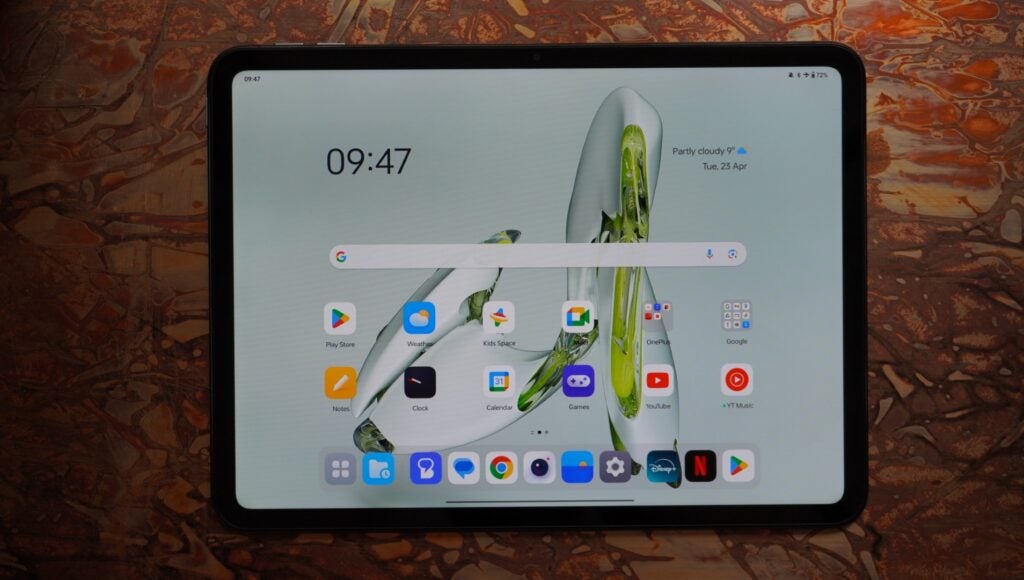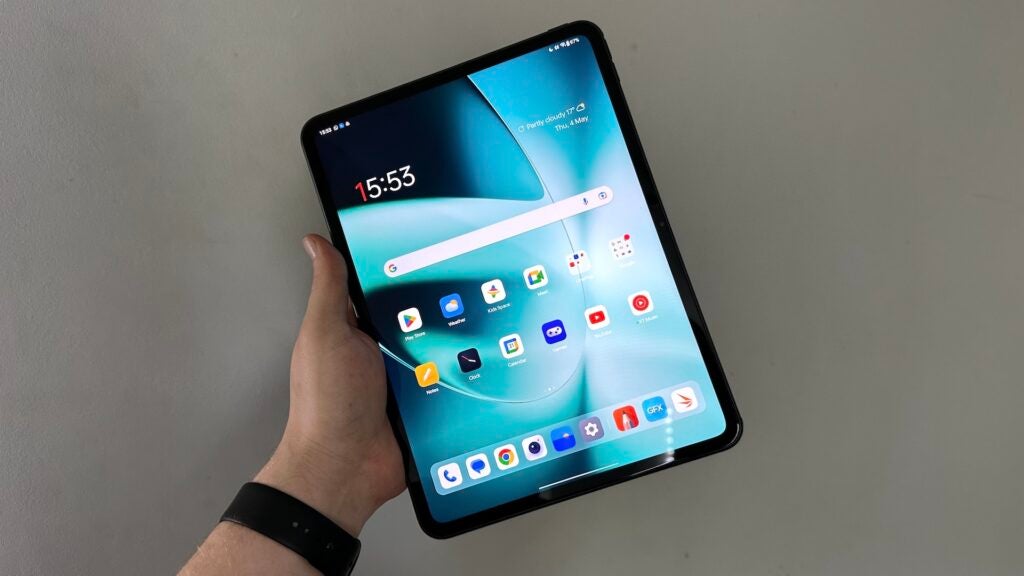OnePlus has announced that the budget-friendly OnePlus Pad Go is set to launch in the UK and Europe, but how does it compare to the regular OnePlus Pad?
While there are a lot of similarities between the two, especially when it comes to overall design and look, there are key differences that might sway your buying decision one way or the other.
We’ve spent a lot of time with the OnePlus Pad, and we’ve gone hands-on with the OnePlus Pad Go, so we’ve got a good idea of what’s on offer from both. Without further ado, here are the key differences between the OnePlus Pad Go and OnePlus Pad.
The OnePlus Pad Go has a smaller screen
The OnePlus Pad Go has a smaller screen than the OnePlus Pad, and while that may sound like a negative at first glance, it does make the OnePlus Pad Go a little more bag-friendly – though admittedly there isn’t much in it, with the Pad Go measuring in at 11.3 inches while the regular Pad comes in at 11.6 inches.
However, in most other metrics, the OnePlus Pad has the better screen of the two. While both utilise IPS LCD tech, the OnePlus Pad is faster, higher res and offers better format compatibility with a 144Hz refresh rate, 2000 x 2800 resolution and support for HDR10+ content.


The OnePlus Pad Go, on the other hand, caps out at 90Hz, and has a slightly lower 1720 x 2408 resolution. Its bezels are also slightly thicker than the OnePlus Pad, but not to a noticeable degree.
The OnePlus Pad is more powerful
Being the more premium of the two tablets, it shouldn’t come as much surprise that the OnePlus Pad has more power under the hood. That comes in the form of the MediaTek Dimenity 8000 coupled with 12GB of RAM.
The OnePlus Pad Go opts for the less powerful MediaTek Helio G99 and 8GB of RAM as standard. While it’s not quite as powerful as its bigger brother, at £299, that’s a pretty tempting combination of specs compared to other similarly priced cheap tablets, and we’ve found in early testing that general performance is pretty smooth, though there is the occasional bit of lag.
The OnePlus Pad has a larger battery
Despite the similar dimensions between the two tablets, the OnePlus Pad has a larger battery – and by quite a bit too. The OnePlus Pad Go boasts a solid 8000mAh battery that’s pretty much in line with the similarly priced competition, while the OnePlus Pad takes it up a notch to 9510mAh.


But while this suggests that the OnePlus Pad will offer better battery life, the less power-hungry chipset from the OnePlus Pad Go could mean it lasts a little longer between charges. It will take a while to charge up though, supporting just 33W charging compared to the 67W charging from the regular Pad.
The OnePlus Pad Go is cheaper
Finally, as we’ve alluded to throughout this comparison, the OnePlus Pad Go is the cheaper of the two tablets with an RRP of just £299, putting it up against the likes of the Amazon Fire Max 11.
The OnePlus Pad, on the other hand, has an RRP of £449, making it £150 more expensive than the Pad Go.
What confuses this somewhat is the fact that OnePlus itself is selling the regular OnePlus Pad at a discounted price, down to £379 at the time of writing, which considerably muddies the water between the two. If you can get so much more for just £80 more, why opt for the Go? That remains to be seen.




